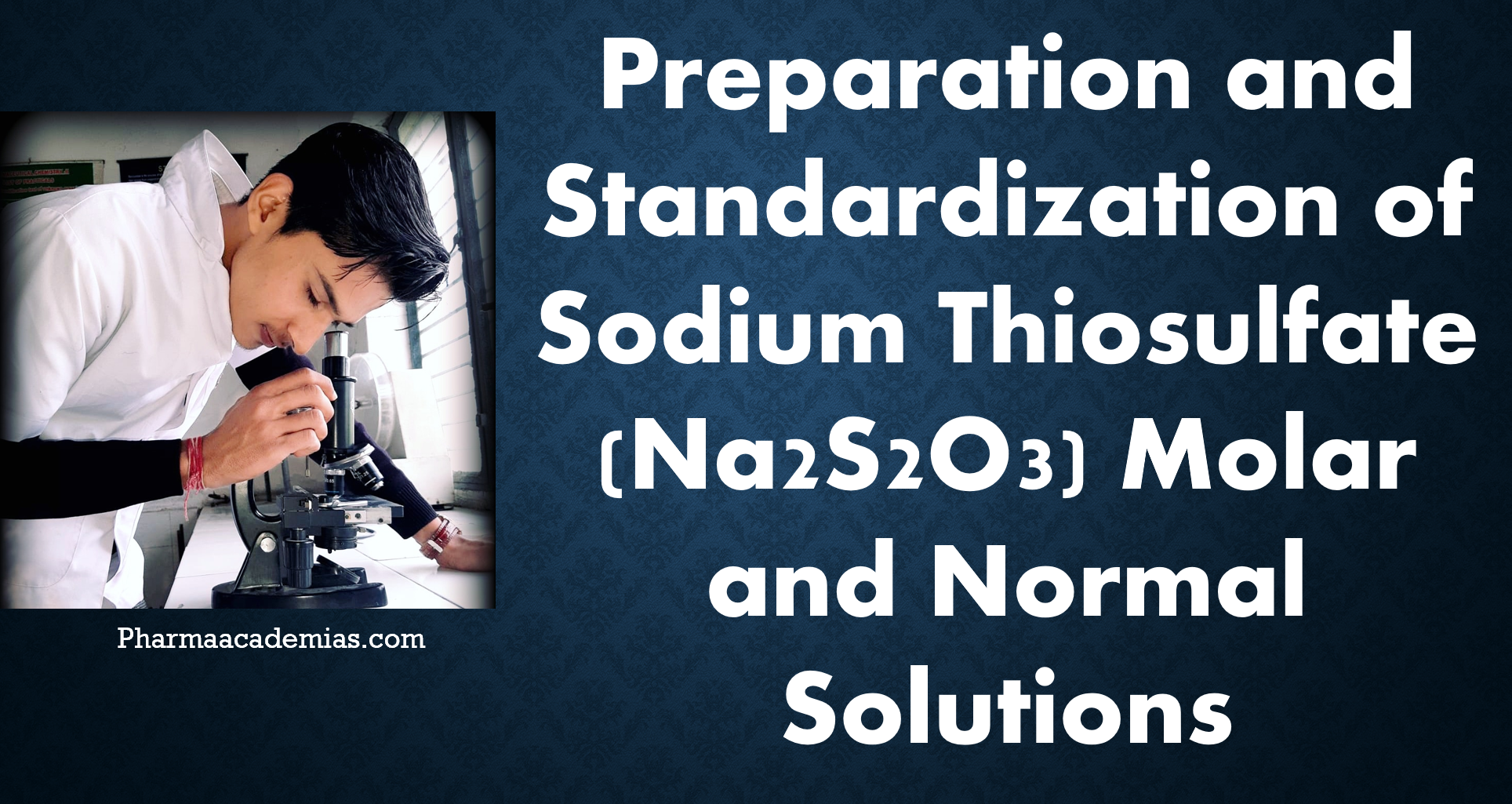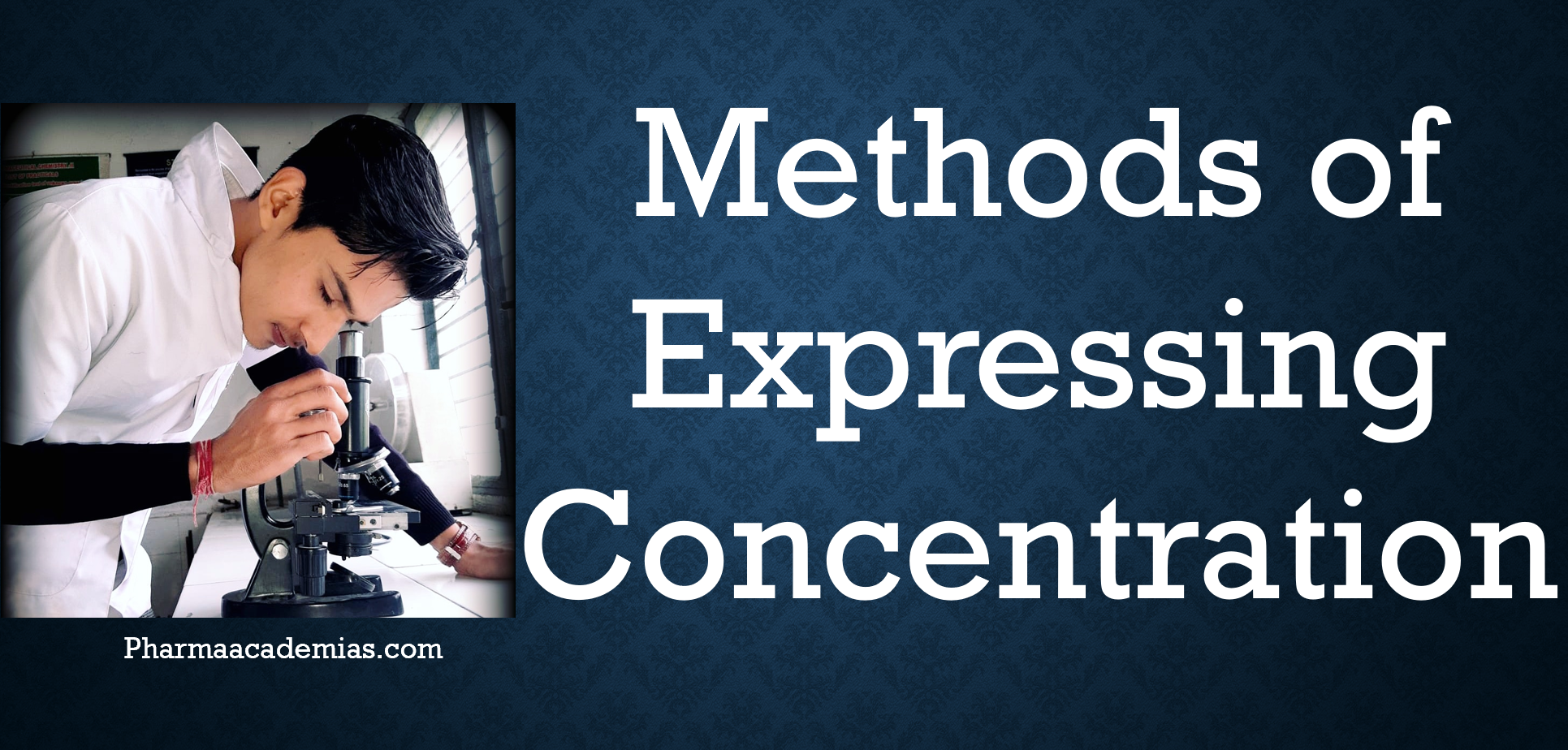Preparation and Standardization of Sodium Thiosulfate (Na2S2O3) Molar and Normal Solutions
Sodium thiosulfate (Na2S2O3) is a chemical compound used in various chemical analyses, including iodometric and titrimetric methods. Here’s how to prepare and standardize both molar (1.0 M) and normal (1.0 N) sodium thiosulfate solutions. Preparation of 1.0 M Sodium Thiosulfate Solution: A 1.0 M sodium thiosulfate solution contains one mole of Na2S2O3 in one liter. … Read more








